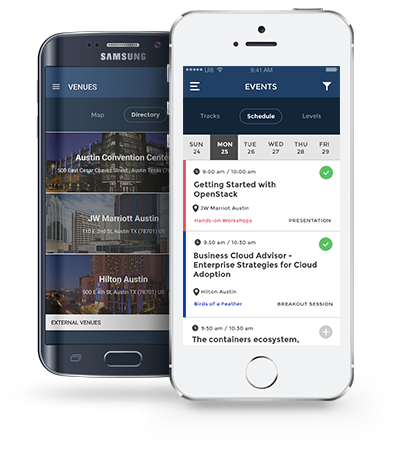Now you got baremetal servers, virtual machines and even containers but an application developer has to know a lot about infrastructure specifics to meet his application SLAs. It actually become worst since now you (as a developer) must know about VM flavors, anti-affinity rules, servers specifications (e.g. spinning disks vs. SSD) and availability zones … Wasn’t it better when someone was taking care of this and you could focus on developing your application? No worries, it will take some work, but there is light at the end of the tunnel.
Application SLAs define the expected behavior of the infrastructure to provide capabilities needed for the application to deliver value in the planned/expected fashion. These SLAs can be defined as a set of complex policies that identify conditions to be met in the infrastructure, these can be as simple as memory availability to complex one based on historical data or patterns.
Attendees will learn how application developers and product owners can specify high level SLA policies that control how the infrastructure behave to satisfy the application needs.
The monitoring infrastructure will provide real time data to constantly evaluate that the SLAs are met and the overall application health is maintained.
They will also understand relationship between policies and metrics and how these can be transformed into simple threadshold alarms that combined can identify and/or prevent issues in the underlining infrastructure.




